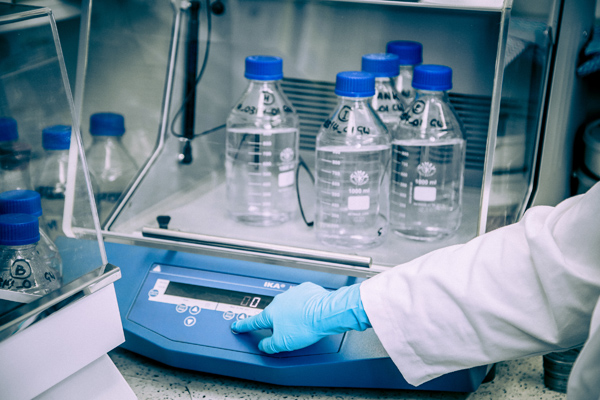“Lead is rarely found in source water but enters tap water through corrosion of plumbing materials. Homes built before 1986 are more likely to have lead pipes, fixtures, and solder. The most common problem is with brass or chrome-plated brass faucets and fixtures which can leach significant amounts of lead into the water, especially hot water. Unfortunately, lead was used in water lines, solder and some plumbing fixtures in the past,” said Joe Frasca, Senior Vice President of Marketing at EMSL Analytical, Inc. “These materials are still in place and used to deliver water in many areas, often causing the problems we face today. There is no known safe lead blood level so it’s important to identify sources of lead in drinking water to prevent exposure and lead poisoning.”

INDUSTRIAL HYGIENIST TEAM
Water: testing for heavy metals, microbial contaminants, and other pollutants.
- Heavy Metals: Lead, Copper
- PH measurement of acid or basic liquid characteristics
- Specific Conductance
- Microbial Contaminants
- Other Pollutants
